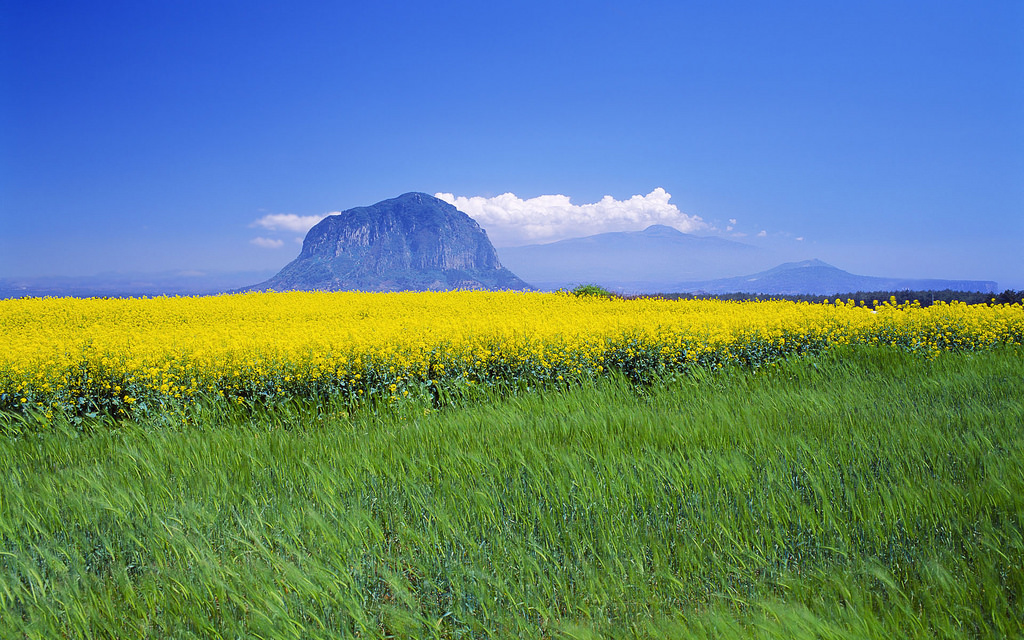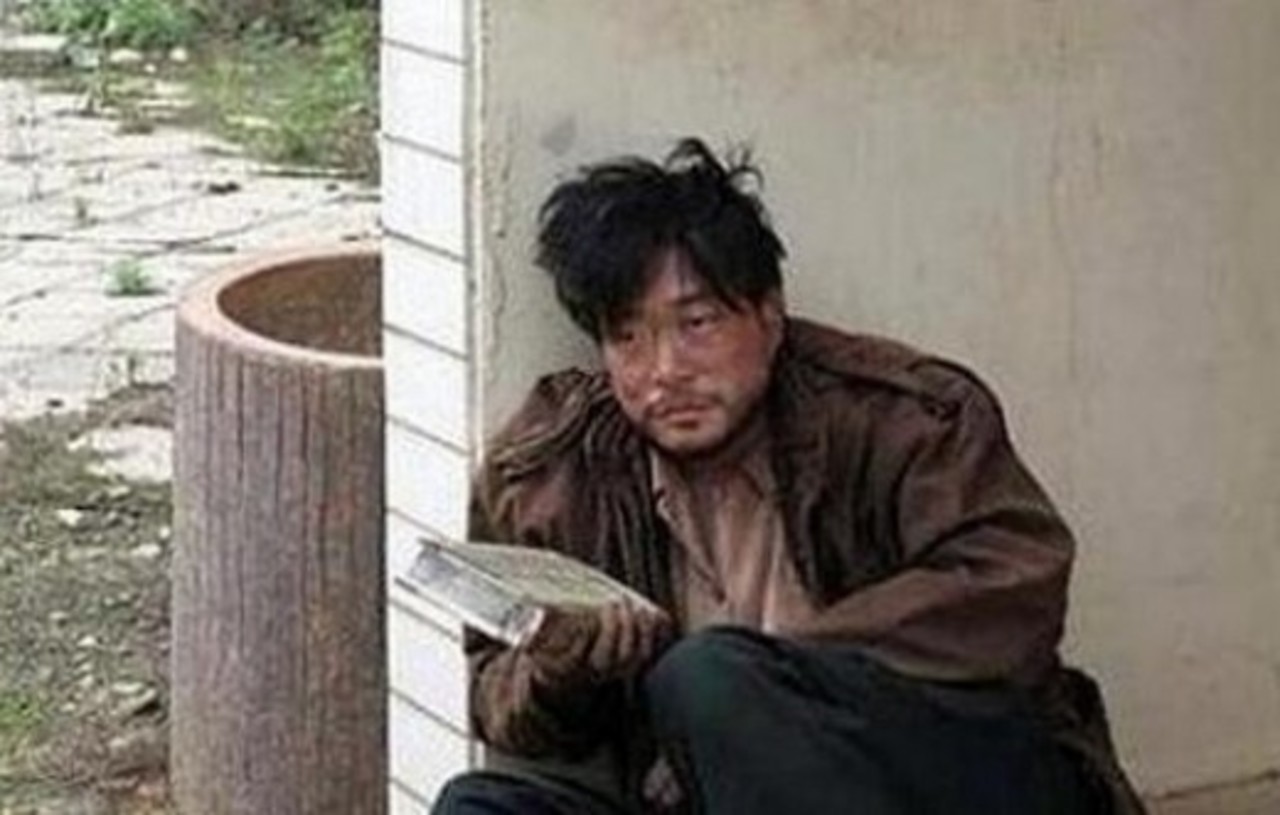
Touring Jeju's Dark History
Known for its turquoise-hued water and coal-black volcanic landscape, Jeju Island at the southwestern end of the Korean Peninsula is a popular destination for tourists in and outside of South Korea. Most visit the island for its beautiful scenery and hearty local cuisine. Newly-weds used to flock to the island until the `90s when traveling overseas was uncommon in South Korea.
But Jeju is a place where romance and tragedy coexist. In recent years, the local government has been shedding light on less pleasant chapters of its history in order to promote “dark tourism.”
“Dark tourism” stands for travel to places historically associated with suffering and death, such as sites of natural disasters and war memorials. The purpose is to raise awareness of and learn from the tragic history.
Unlike the innocuous natural beauty, parts of Jeju’s history are decidedly dark. The island’s best known historical event is the Jeju April Incident, which is attributed to the mass uprising against the government on Apr. 3, 1948. Officially, the incident is said to have spanned over seven years, from the first police shooting in March 1947 to September 1954. During this time, the South Korean government brutally suppressed a movement that was allegedly pro-North Korean.
According to the Jeju 4.3 Peace Memorial’s inquiry into the incident, 14,000 casualties (including deaths and missing persons) were officially reported, or up to five percent of the local population at the time, including women and children. The same report estimates that the actual death toll was much higher: possibly up to 30,000, although others say the toll was probably higher still.

The South Korean government officially apologized for the atrocity only in 2003 under progressive president Roh Moo-hyun. Over the years, to raise awareness of the incident, the provincial government of Jeju established a memorial park, built trails that trace the somber past, and promoted the relevant relics.
But Jeju’s dark history didn’t begin with the Jeju April Incident. During the Japanese colonial era, the Japanese built an airshed, outposts and underground tunnels in Jeju, which was a strategic point from which to attack China. The local municipality is promoting such sites as tourist attractions, too.
Unlike the Holocaust Memorial in Berlin or Tuol Sleong Genocide Museum in Phnom Penh, Jeju is yet to attract a significant amount of visitors for its “dark tourism.” In 2016, only 1.3 percent of the South Korean visitors to Jeju considered “historical or cultural experience” as their purpose of visit, according to a report by the Jeju government. The same report said almost two-thirds of the foreigners came to enjoy Jeju’s natural sceneries, while only 2.6 percent considered historical and cultural experience as the purpose of visit.
Other parts of South Korea have also attempted to highlight their tragic histories. The Demilitarized Zone (DMZ) is the best example. Gwangju, a city in the southwest, established a memorial park for the May 18 Democratization Movement, during which over 600 civilians were shot and killed under Chun Doo-hwan, the default leader of South Korea at that time.
Editor’s Note: An earlier version of this article erroneously stated that the number of deaths stemming from the Jeju Incident was 14,000. That number was the total for officially registered victims, including those who died, suffered casualties, or went missing. According to the Jeju 4.3 Peace Memorial’s inquiry into the incident, the actual number of deaths was between 25,000 and 30,000, though others assert that the figure is much higher. We have also added the official duration of the Jeju April Incident, which is more accurately a series of incidents spanning at least seven years. We apologize for the error and oversight.
Cover Image: Sanbang Mountain in Jeju Island (source: Flickr)
Jieun Choi wrote this radar report.

